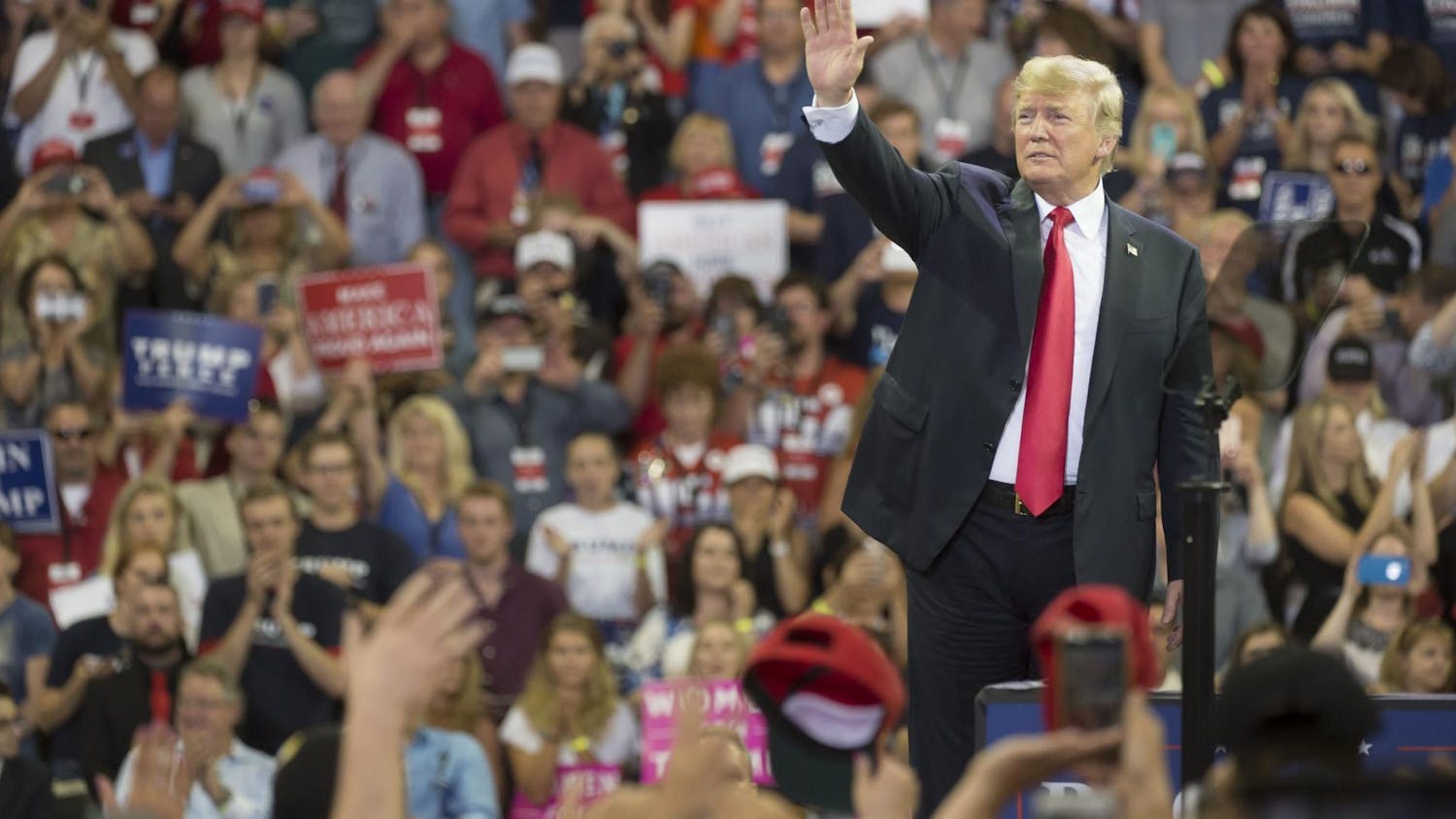Works of art grace many buildings on Tufts campus. You can see them at Tisch Library walking past the Combined Degree Exhibition, on the second floor of the Campus Center, at the seventh floor of Dowling Hall and even next to Eaton Hall. Wherever you go on campus, it is not difficult to find artwork of some form. But do you really take in these works as you go past them, or are they simply part of the campus scenery? Do you ever talk about the meanings behind the works with other students, or do you not even give them a second thought?
Art is not just decorative; it offers a reflection of who we are and makes statements about the world we have created. This is one of Héctor Tobar’s points in his New York Times opinion article, "We Need Protests. And Paintings." Héctor emphasizes the potential of artworks as a tool to generate cultural shift and enlighten people about social changes – especially racial diversity – in the city of Los Angeles. Although Los Angeles now has more immigrants than ever, he believes many works of art fail to reflect the diversity of the community. He highlights the need for people to protest and eradicate the sense of exclusion by having more artworks with appropriate meanings by more diverse artists.
Certainly, artworks can subconsciously influence peoples’ perceptions. We have enough paintings and artworks at Tufts. But just like the issues raised by Héctor, what we actually lack and need is more opinions and protests about those artworks that surround us. Even before we reach the stage of protesting, we need to stimulate conversations about what the majority of us consider as mere decorations. The majority of the students at Tufts unconsciously absorb visual information without concern or opinion, as we have become accustomed to it. We need to form more critical opinions about the artworks on campus.
Next, we need to protest. Although the word “protest” has connotations of violence, in this case, protest can be a type of explicit expression about what you feel uncomfortable about — even something as gentle as communicating with the people who are responsible for exhibition can be a form of protest. In fact, there was an incident at Tufts where students criticized a mural in the Alumnae Lounge at Aidekman Arts Center. The piece is a depiction of the university's past; in this mural, there is not a single person of color, which is an inaccurate portrayal of the school’s history. Also, while the mural is an important part of our school’s heritage, Tufts students today come from different backgrounds. According to Tufts Senior Vice President Deborah Kochevar, “Students have told us that they don’t want to receive awards in Alumnae Lounge because they feel excluded.” Tufts has promised to safely remove and store the artwork.
I am not saying all artworks on campus, like the mural, are problematic. I am saying that we need both formation and expression of opinions on those artworks that might stimulate a sense of exclusion on campus — not only racial, but also social, sexual, political and religious. Rather than reluctant acquiescence, if we can spur more communication and expression, artworks that we consider mere decorations can be the keys to initiate powerful changes on campus. Even the mural in the Alumnae Lounge at Tufts “gave [Tufts] a push to make this important step” to reassess the new public at Tufts, Kochevar said.According to David Henley in his journal article titled Art of Disturbation, he claims censorship is a strategy to keep “disturbation a self-empowering element in the art experience;” that is why we need protests.
By staying silent and apathetic to these artworks on campus, we put ourselves at risk. We risk our individual artistic perspectives to fade. We risk having our community’s values misrepresented. Surely, artworks serve the campus as embellishments. However, we should not ignore the meanings they hold. As a community, sublimating the messages of the problematic artworks towards a more advisable and thoughtful direction is a balance worth striving for.
More from The Tufts Daily





